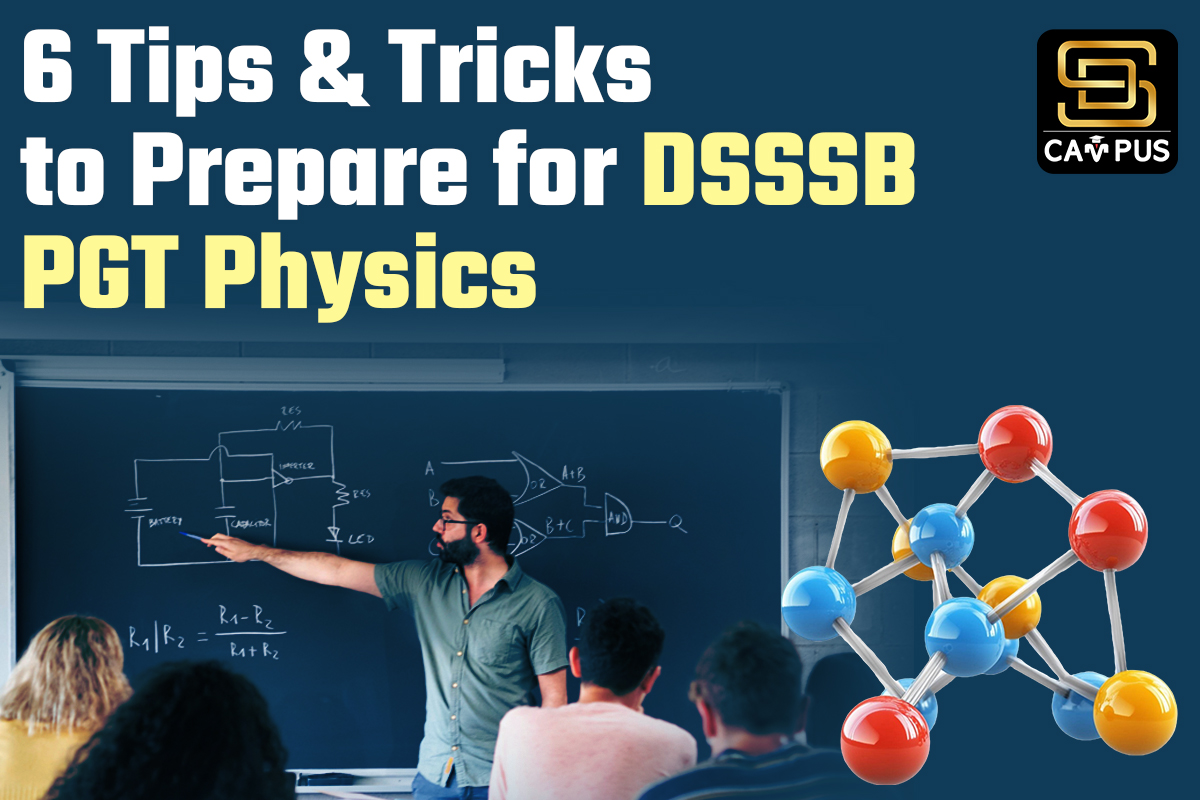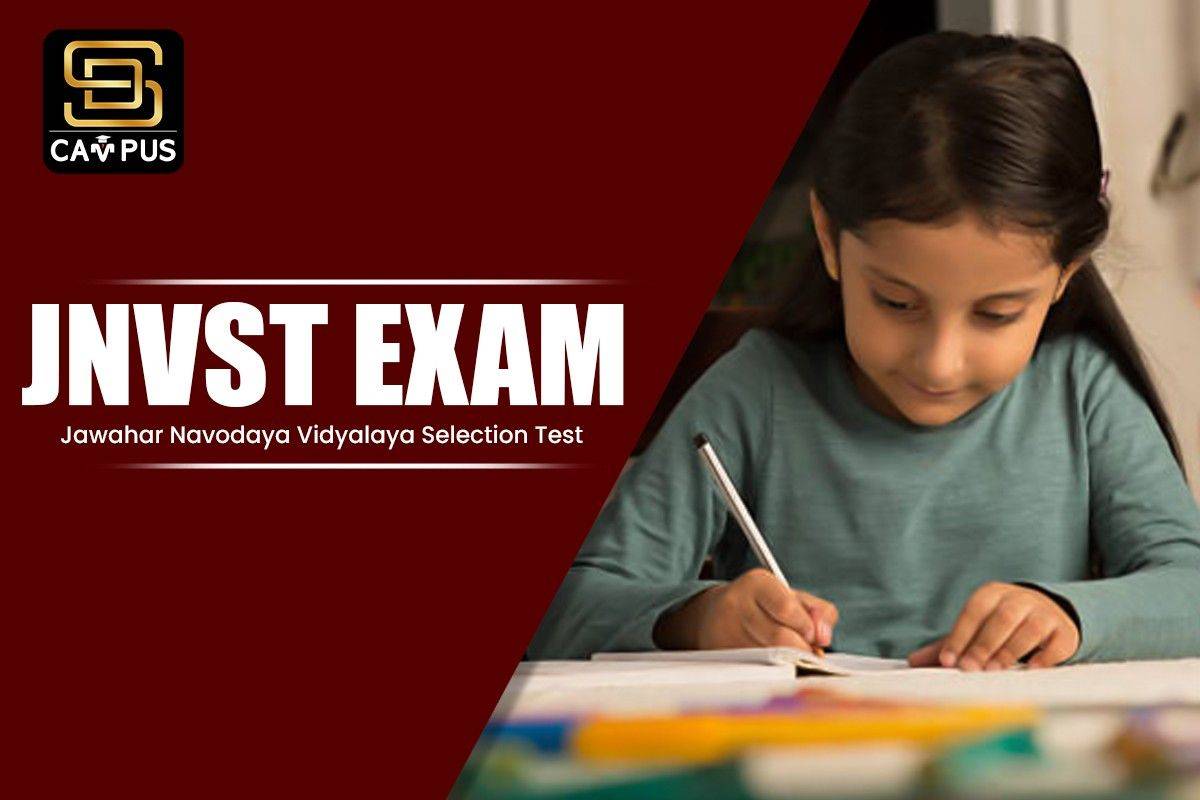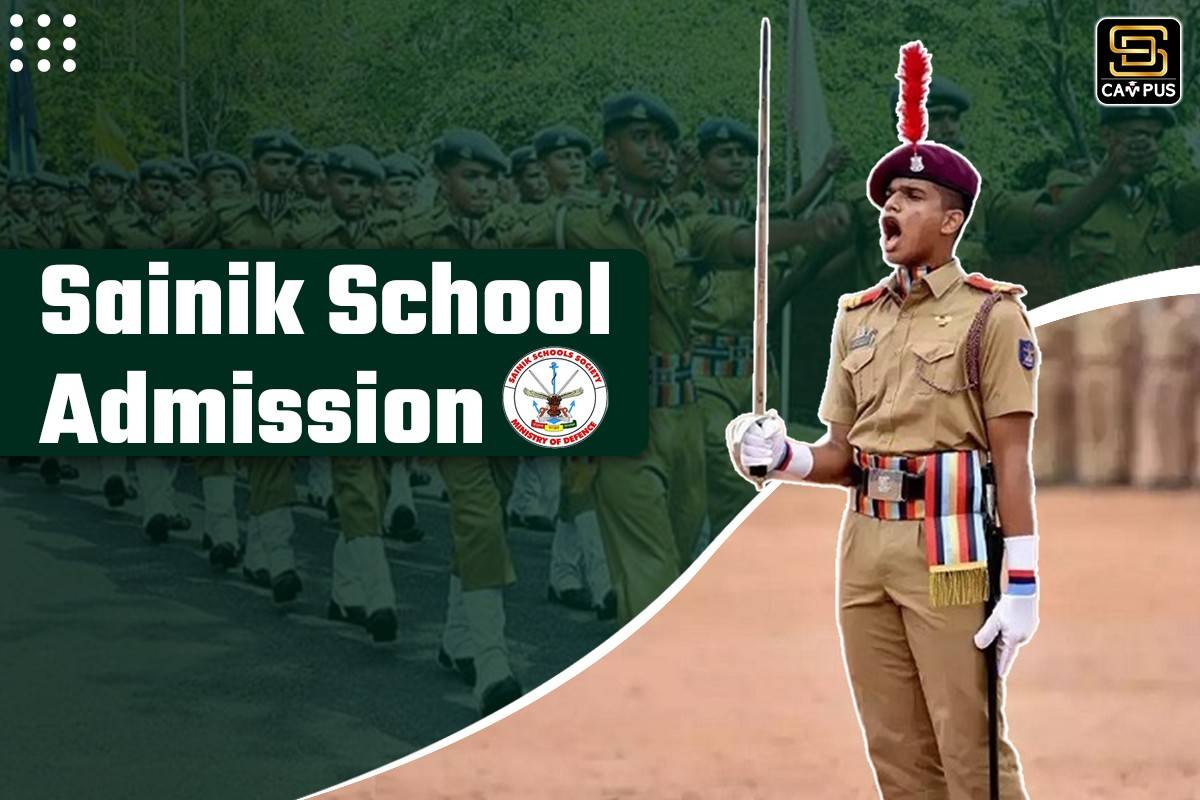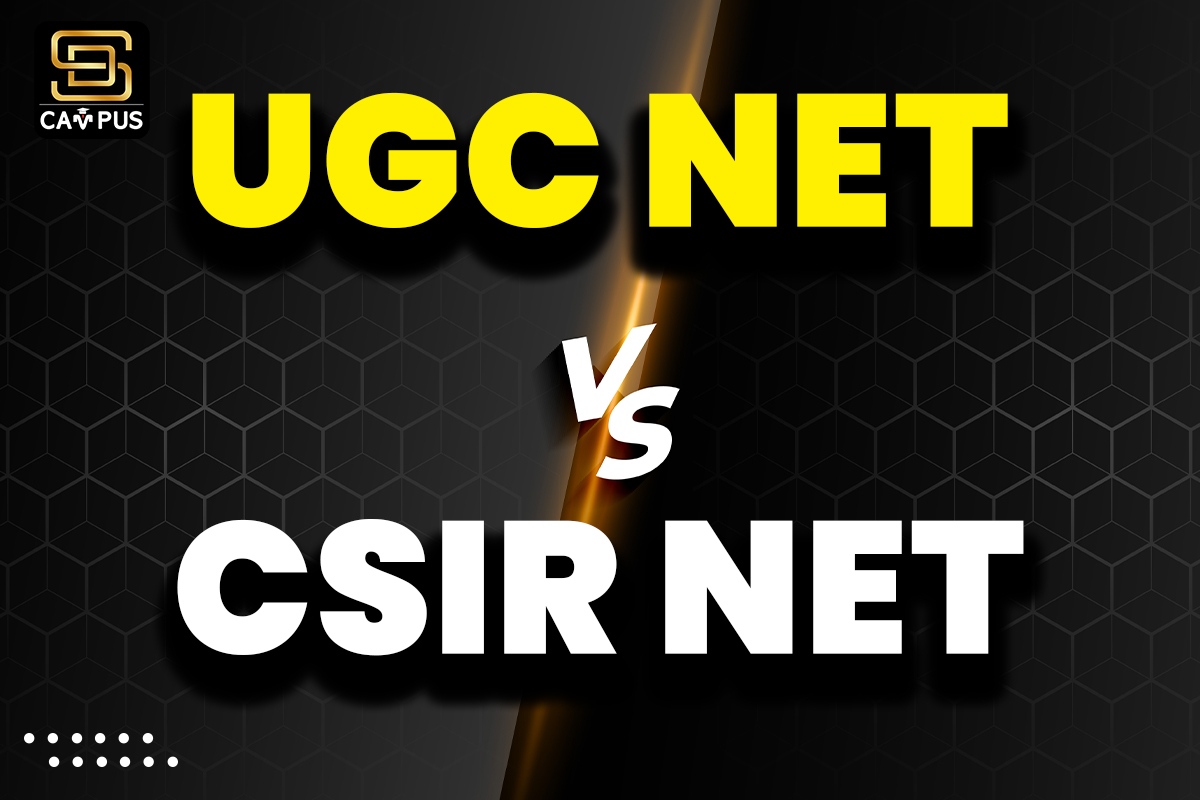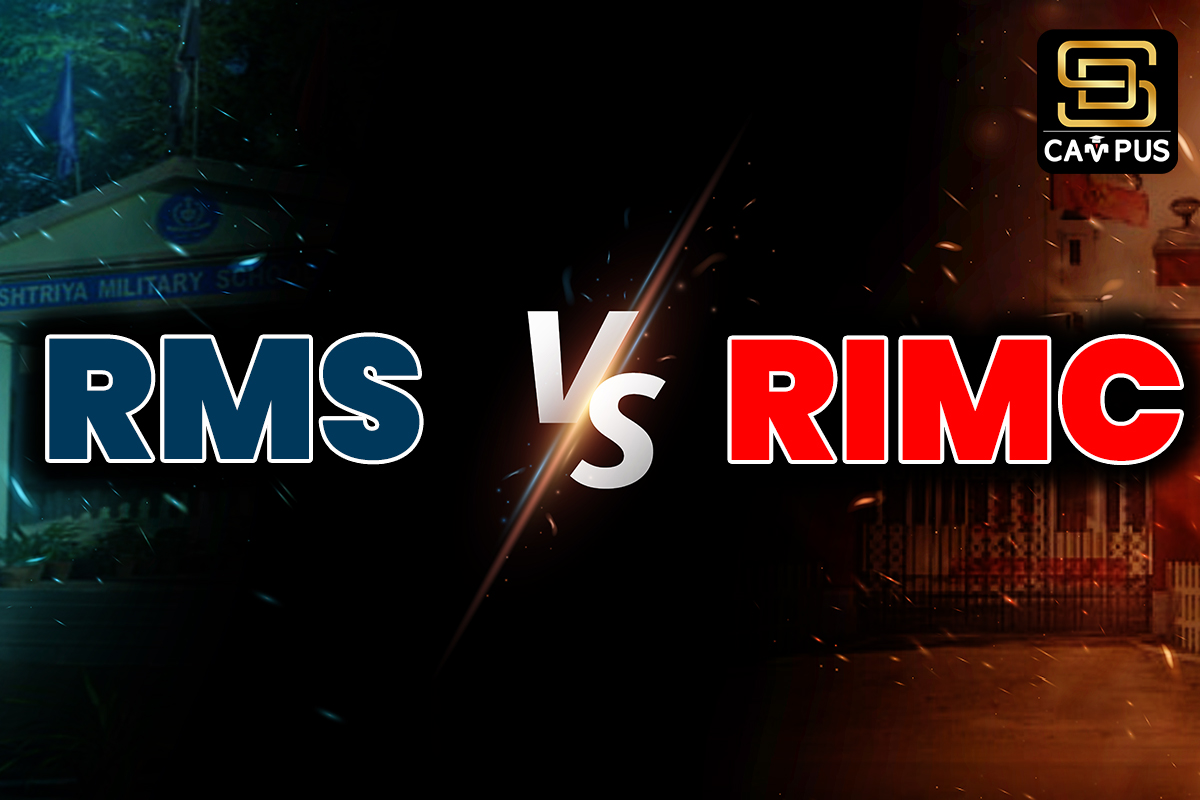Delhi Subordinate Service Selection Board is toughest exam in india for Post Graduate Teacher. This DSSSB Exam required a right preparation roadmap, and here 6 Tips and Tricks to prepare for DSSSB PGT Physics with strategic approach, encompassing a thorough understanding of the syllabus, effective study materials, a robust study plan, and consistent practice. These 6 Tips And Tricks to Prepare for DSSSB PGT are made by depth research, analysis and experts for the DSSSB postgraduate teacher
Table of Contents
ToggleHow to prepare for DSSSB PGT for Physics
DSSSB exam consists of two written exams. In order to be selected as a Post Graduate Teacher, the candidates must clear every stage of the selection process. Preparing for the The DSSSB PGT Physics exam is highly competitive and designed to select candidates who are not only proficient in Physics but also possess the pedagogical skills required to teach at the postgraduate level. Here’s a complete guide to help you prepare effectively for the DSSSB PGT Physics exam 2025, setting it apart from the general advice found online.
DSSSB PGT Physics Syllabus 2025
The DSSSB PGT covers the easy, moderate, and high-level physics syllabus. To start the physics syllabus with NCERT books, we need to make a strong base. The details syllabus of the DSSSB physics is given below:
|
Unit |
Topics |
Subtopics |
|
Unit 1 |
Physical World and Measurement |
Units of measurement, System of Units, SI Units, Fundamental and Derived Units, Length, mass, and time measurement, Precision of measuring instrument, Errors in measurement, Dimensional analysis and its application, Significant figures |
|
Unit 2 |
Kinematics |
Uniform and non-uniform motion, Average speed and instantaneous velocity, Uniformly accelerated motion, Velocity-time and position-time graphs, Addition and subtraction of vectors, Resolution of a vector in a plane, Projectile motion |
|
Unit 3 |
Laws of Motion |
Newton’s first law of motion, Inertia, Momentum, Force, Impulse, Law of conservation of linear momentum and its applications, Static and kinetic friction, Laws of friction, Uniform circular motion |
|
Unit 4 |
Motion of System of Particles and Rigid Body |
Centre of mass of a two-particle system, Momentum conservation, Centre of mass of a rigid body, Moment of a force, Torque, Angular momentum, Conservation of angular momentum, Dynamics of rigid bodies, Moment of inertia, Radius of gyration, Parallel and perpendicular axis theorems |
|
Unit 5 |
Gravitation |
Kepler’s laws of planetary motion, The universal law of gravitation, Variation of acceleration due to gravity, Gravitational potential energy, Gravitational potential, Escape velocity, Orbital velocity of a satellite, Geo-stationary satellites |
|
Unit 6 |
Properties of Bulk Matter |
Elastic behavior, Hooke’s law, Young’s modulus, Bulk modulus, Shear modulus of rigidity, Pascal’s law, Hydraulic lift, and brakes, Stokes’ law, Terminal velocity, Reynold’s number, Bernoulli’s theorem, Surface tension, Heat transfer, Thermal conductivity |
|
Unit 7 |
Thermodynamics |
Thermal equilibrium, Zeroth and first laws of thermodynamics, Second law: reversible and irreversible processes, Heat engine, Refrigerator, Kinetic theory of gases, Degrees of freedom, Law of equipartition of energy, Avogadro’s number |
|
Unit 8 |
Oscillations and Waves |
Periodic motion, Oscillations of a spring, Energy in SHM, Free, forced, and damped oscillations, Resonance, Wave motion, Transverse and longitudinal waves, Reflection of waves, Standing waves in strings and organ pipes, Beats, Doppler effect |
|
Unit 9 |
Electrostatics |
Electric charges, Coulomb’s law, Electric field, Dipole, Gauss’s theorem, Electric potential, Equipotential surfaces, Conductors and insulators, Dielectrics, Capacitors, Van de Graaff generator |
|
Unit 10 |
Current Electricity |
Drift velocity, V-I characteristics, Electrical energy and power, Resistivity and conductivity, Resistors in series and parallel, Kirchhoff’s laws, Wheatstone bridge, Metre bridge |
|
Unit 11 |
Magnetic Effects of Current and Magnetism |
Biot-Savart law, Ampere’s law, Cyclotron, Moving coil galvanometer, Earth’s magnetic field, Para-, dia-, and ferromagnetic substances, Electromagnets, Permanent magnets |
|
Unit 12 |
Electromagnetic Induction and AC |
Faraday’s laws, Induced emf and current, Lenz’s Law, Eddy currents, Self and mutual induction |
|
Unit 13 |
Optics |
Reflection, Refraction, Lenses, Dispersion of light, Microscopes, Telescopes, Interference, Polarisation, Brewster’s law, Polaroids |
|
Unit 14 |
Modern Physics |
Dual nature of radiation, Photoelectric effect, Compton effect, Bragg’s law, Hall effect, Rutherford’s model, Radioactive law, Mass-energy relation |
|
Unit 15 |
Electronic Devices |
Energy bands, Semiconductor diode, LED, Photodiode, Solar cell, Zener diode |
DSSSB PGT Physics 2025 Tips and Tricks
Candidates who are preparing for DSSSB PGT Physics (Post Graduate Teacher) also required some tips and tricks to solve the question paper in the exam duration. In the DSSSB Tips and Tricks we have descussed about the steps including Exam Structure, Study Plan, Study Material, Practice and Skills for Teachers. These DSSSB PGT Physics Tips and Tricks are explained in detailed. The complete preparation strategy for DSSSB PGT Physics is given below.
Tip One DSSSB PGT Physics Exam Structure
Before diving into the preparation, it’s crucial to understand the structure of the DSSSB PGT Physics exam. The selection process generally includes a written test followed by an interview.
Tip Two Effective Study Plan
Break Down the Syllabus: Divide the Physics syllabus into smaller topics. Create a list that ranks these topics from your strongest to weakest. Dedicate more time to topics you find challenging while maintaining a regular revision schedule for your stronger areas.
Incorporate Diverse Resources: Instead of relying solely on textbooks, use a variety of study materials like online lectures, interactive simulations (such as PhET), and Physics blogs to deepen your understanding. Make weekly and monthly review sessions a part of your study plan to ensure retention of information.
Tip Three Study Materials
- Start with NCERT textbooks for Classes 11 and 12 to solidify your foundation.
- SD Campus provides the best books for DSSSB PGT Exam.
- For a deeper understanding, refer to “Concepts of Physics” by H.C. Verma, “Fundamentals of Physics” by Halliday, Resnick, and Walker, and “University
Tip Four Practice is Key
- Previous Year Papers: Solve as many previous year question papers as possible. This will not only give you a clear idea of the exam pattern but also the types of questions asked.
- Mock Tests: Take regular mock tests to assess your preparation level and time management skills. Analyze your performance in these tests to identify weak areas.
Tip Five Enhancing Teaching Skills
Given that the role is for a postgraduate teacher, brush up on modern pedagogical techniques that are effective in teaching Physics. Familiarize yourself with interactive teaching tools and methodologies that can make learning Physics more engaging for students.
Tip Six Personal Well-being
Lastly, maintain a healthy balance between your study schedule and personal well-being. Regular physical exercise, adequate sleep, and mindful relaxation techniques can significantly improve your concentration and efficiency in studying.
Best Books For DSSSB PGT Physics 2025
While preparing for the DSSSB PGT Physics exam, it’s essential to have a comprehensive set of study materials and books that cover the relevant topics in detail. Here are some recommended books for DSSSB PGT Physics preparation:
| Book name | Author name | Book description |
| “Concepts of Physics” | H.C. Verma | This book is widely used for understanding the basic concepts of physics and is suitable for building a strong foundation. |
| “Fundamentals of Physics” | Halliday, Resnick, and Walker | Known for its clear explanations and problem-solving approach, this book covers a broad range of topics in physics. |
| “Introduction to Electrodynamics” | David J. Griffiths | For a detailed study of electromagnetism, this book is highly recommended. It is suitable for in-depth learning and problem-solving. |
| “Thermal Physics” | Daniel V. Schroeder | This book provides a solid understanding of thermal physics and is suitable for self-study. |
| Also Read | |
| DSSSB PGT Syllabus 2025 (Latest) | Preparation Tips for DSSSB English |
| How to Prepare for the DSSSB PGT Exam 2025 | Best Books for DSSSB PGT 2025 |
Tips and Tricks to Prepare for DSSSB PGT Physics FAQs
Q1. Is the DSSSB PGT exam tough?
Ans: No, the DSSSB PGT exam can be cleared easily with the right DSSSB PGT preparation tips mentioned in this article.
Q2. Is it important to solve the question papers from previous years?
Ans: Yes, solving previous years’ question papers is crucial as it helps you familiarize yourself with the exam pattern, and types of questions asked, and improves your time management skills.
Q3. Are NCERT books enough for Physics subject preparation?
Ans: NCERT books are essential for building a strong foundation, but reference books and advanced materials are recommended for comprehensive preparation.
Q4. Can I clear the DSSSB PGT exam without coaching?
Ans. Yes, it is possible to clear the exam without coaching by following a disciplined study plan, using the right study materials, and regularly practicing and revising the syllabus.
Q5. Which is the best book for DSSSB PGT Physics?
Ans: For a deeper understanding, refer to “Concepts of Physics” by H.C. Verma, “Fundamentals of Physics” by Halliday, Resnick, and Walker, and “University.

Hello, I’m Abhishek Sharma, a seasoned content writer focused on delivering high-quality, informational content related to government exams, job postings, school subjects, and entrance tests. My goal is to provide valuable insights to help readers succeed.

